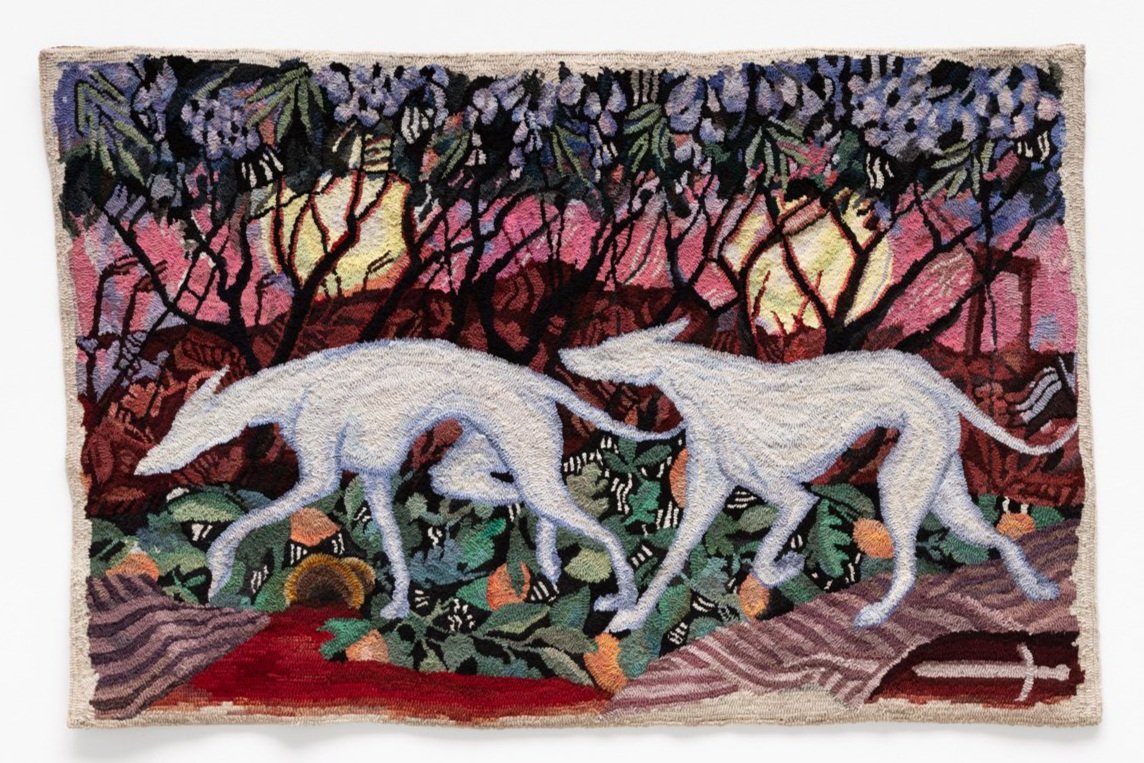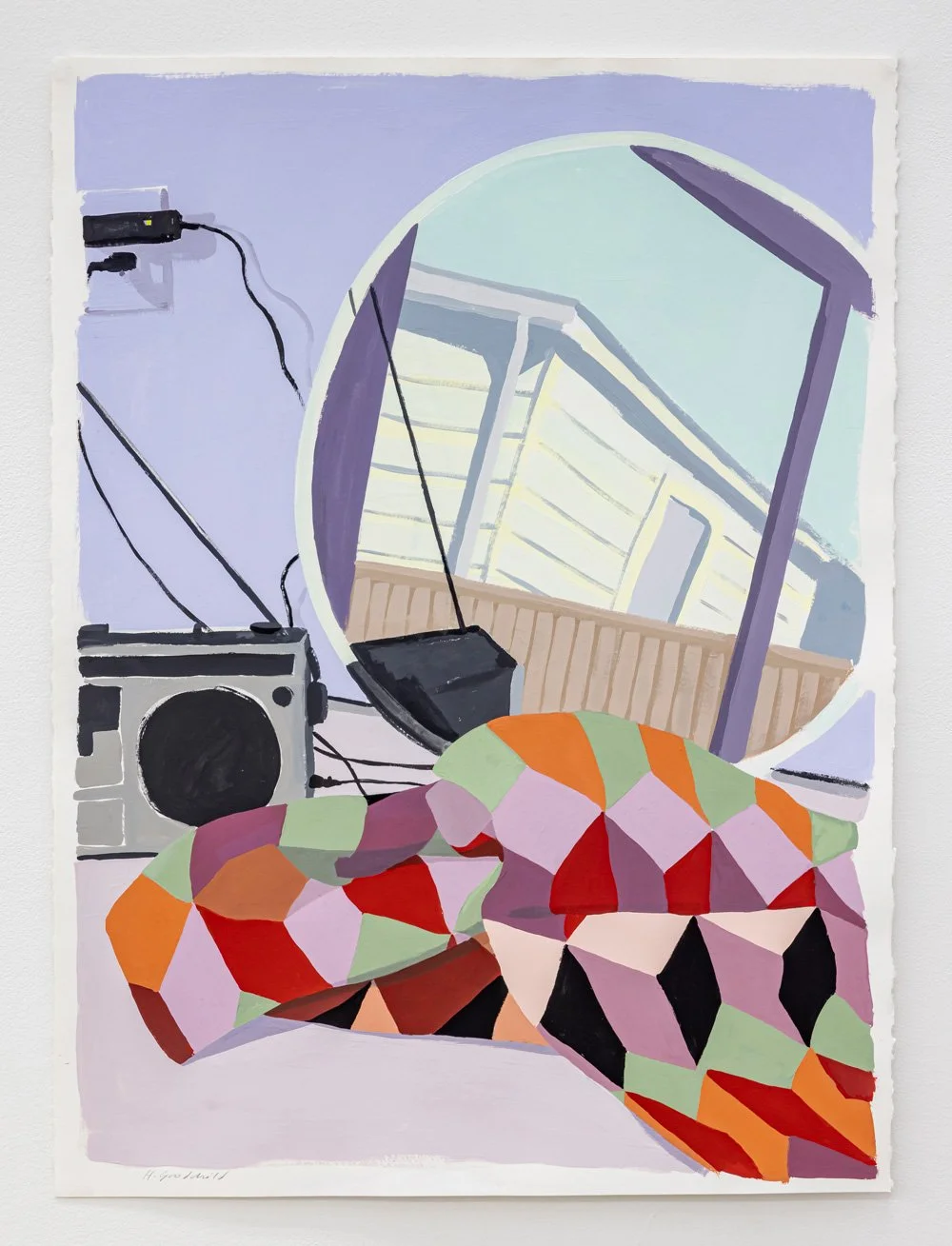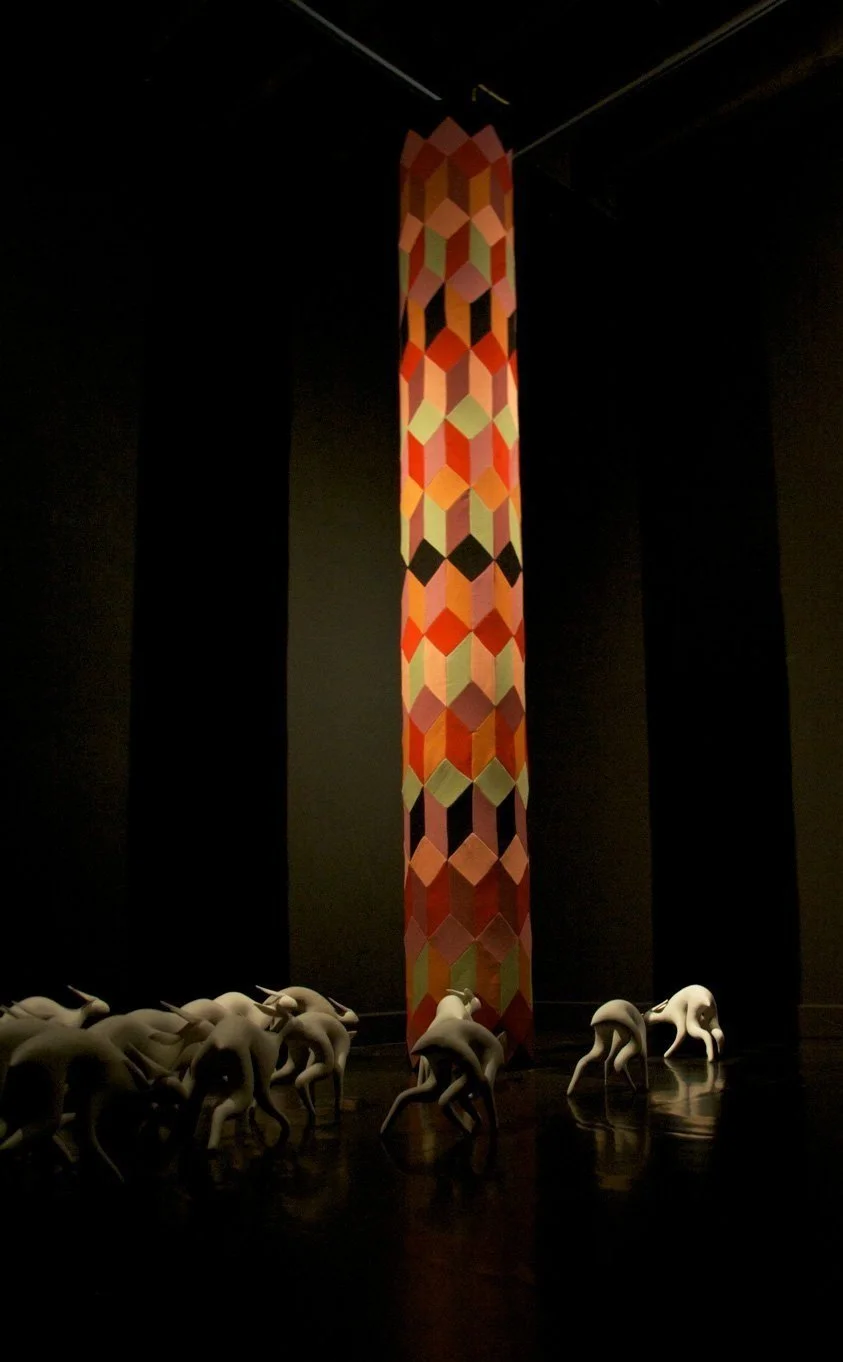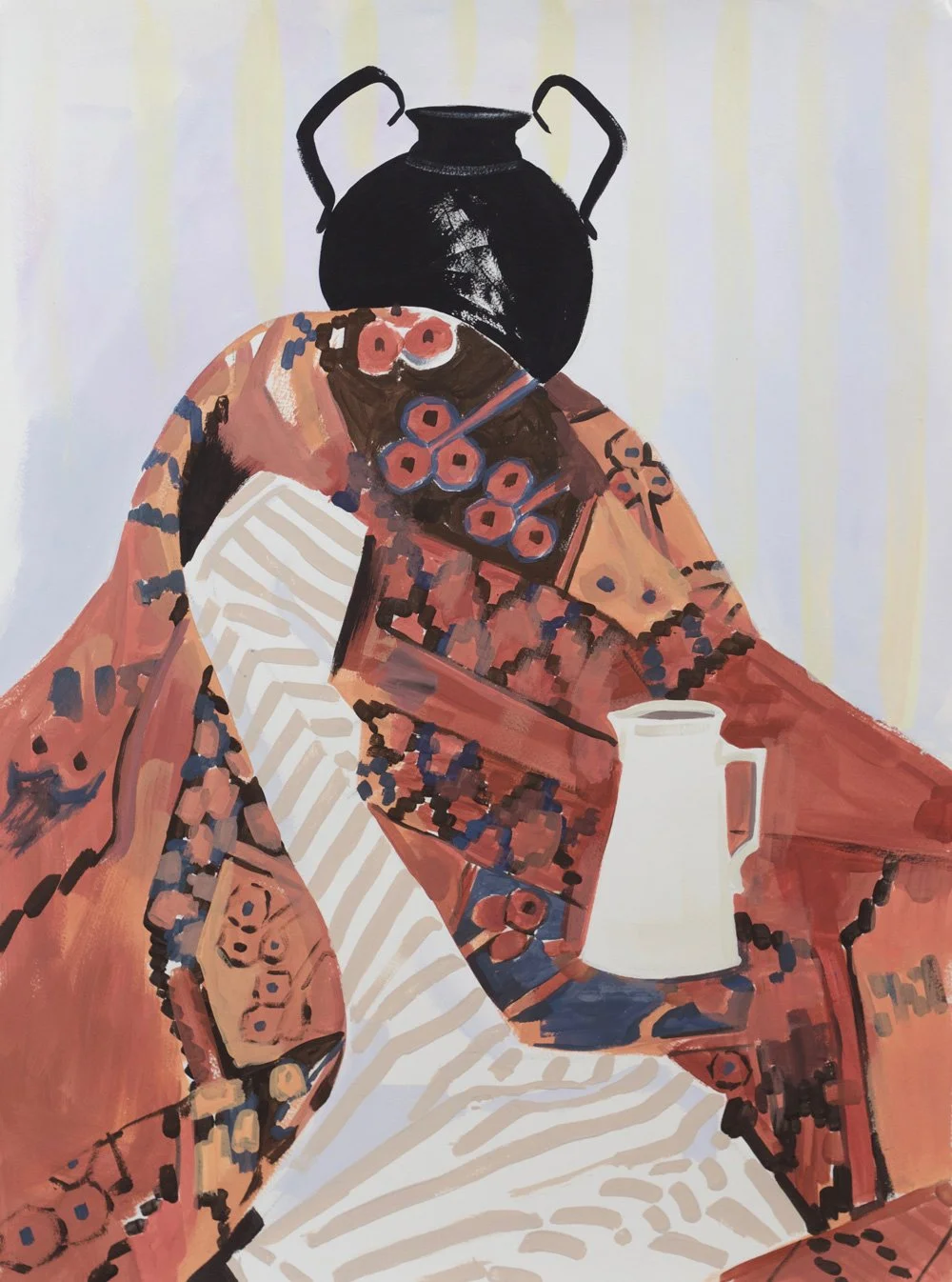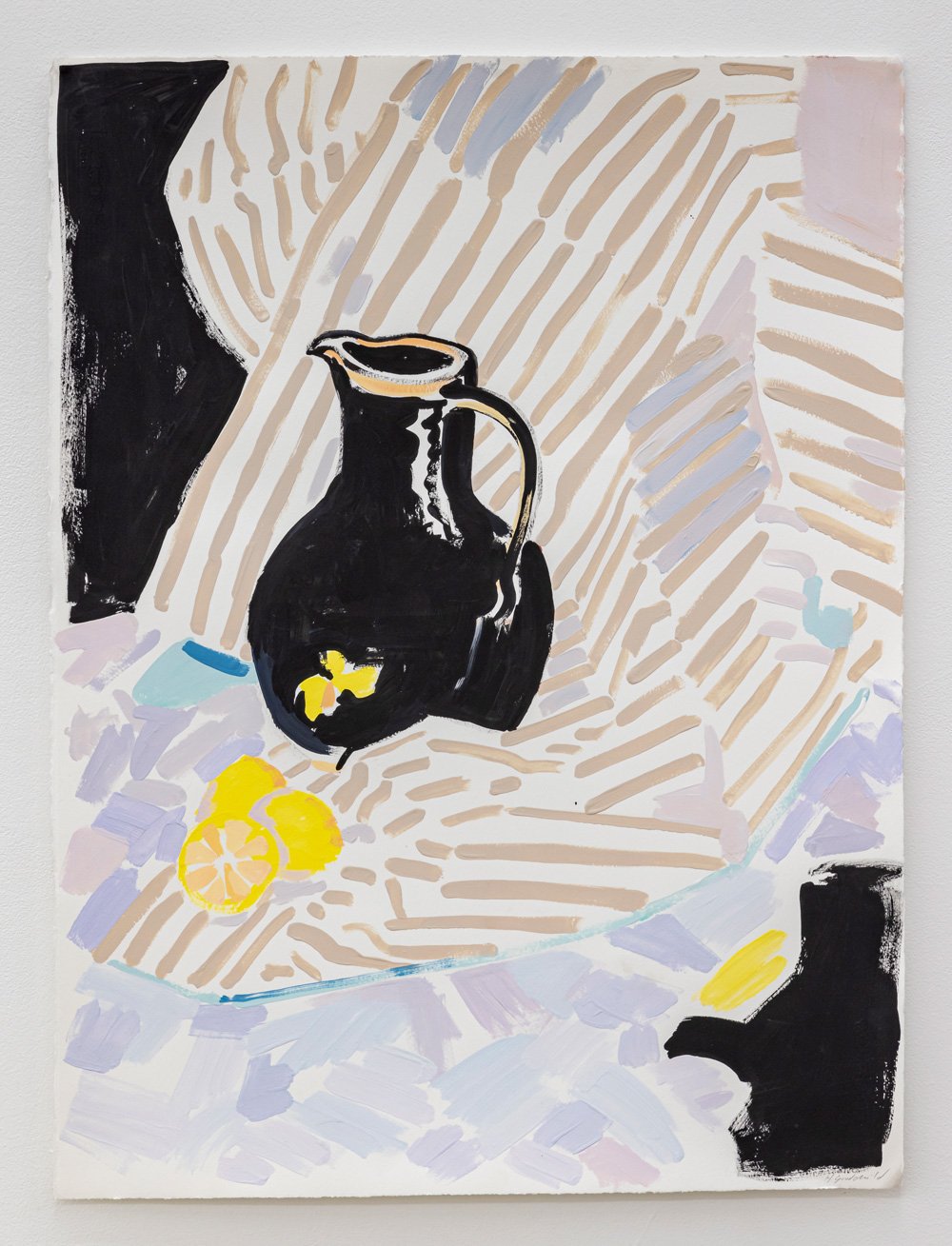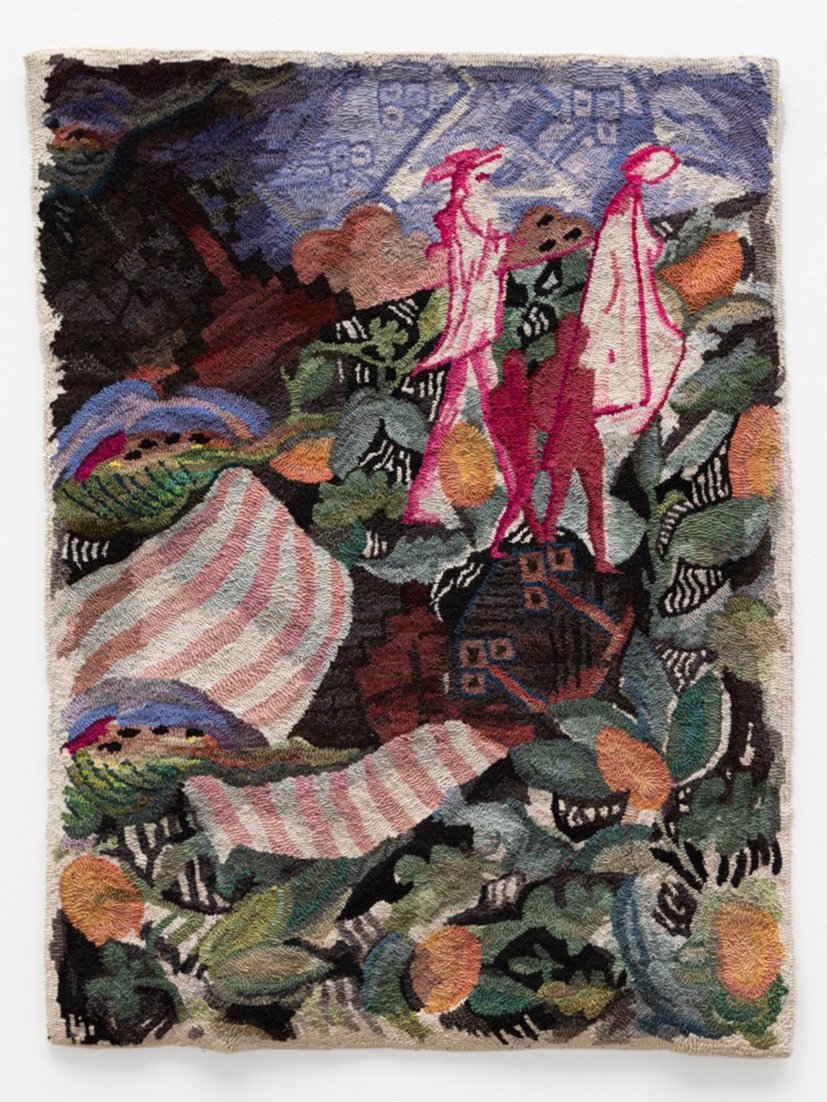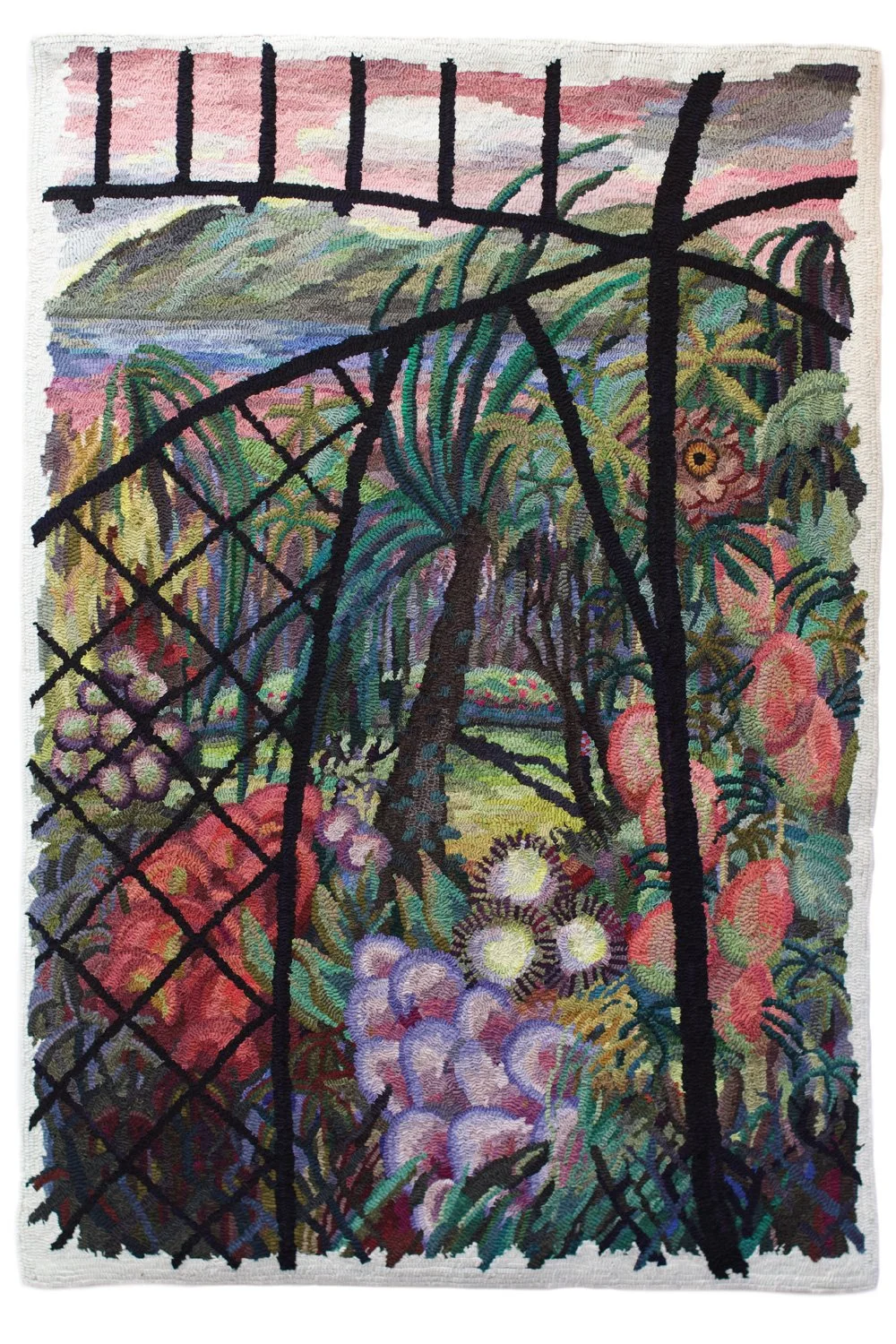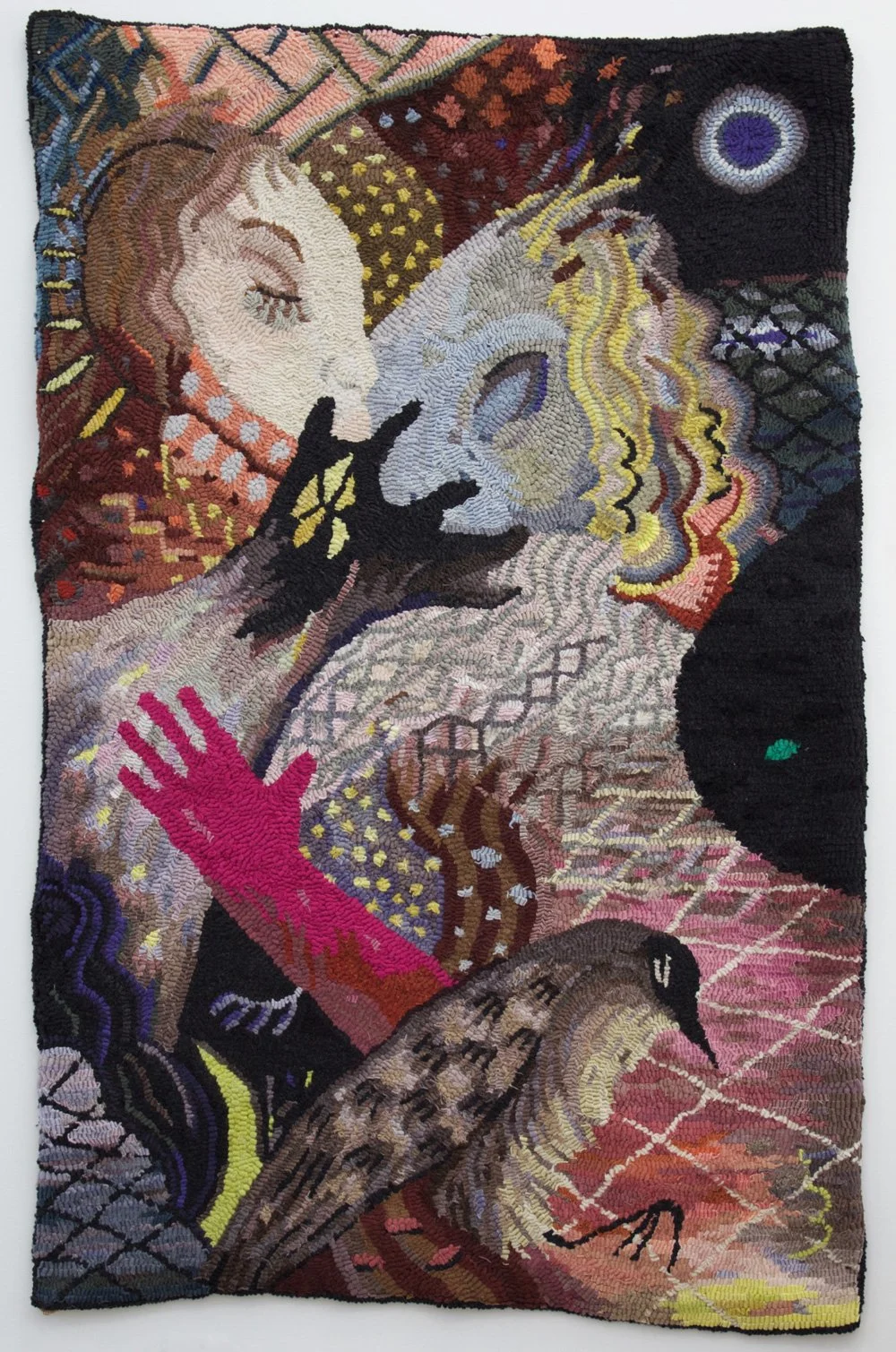Jameela Green Ruins Everything
By Zarqa Nawaz (Simon & Schuster)
Reviewed by Emily Stewart
I had the pleasure of attending an event for author Zarqa Nawaz’s memoir, Laughing All the Way to the Mosque several years ago, where the author spoke of coming up against the expectation that Muslim women’s stories aren’t or shouldn’t be funny. Laughing All the Way to the Mosque certainly subverted those expectations, as did the hit series Little Mosque on the Prairie. Now Nawaz is back with further proof that Muslim women are funny with the ambitious satirical novel Jameela Green Ruins Everything.
Like Nawaz herself, the eponymous hero of this novel is an author. Jameela wants one thing: for her memoir to be a bestseller. And she’s willing to turn to faith to make it happen. She seeks out the aid of Ibrahim, the new imam at the local mosque, who tells her she should do a good deed to earn God’s favour. She agrees, but when the homeless man she attempts to help joins a terrorist group and Ibrahim subsequently disappears, Jameela soon finds herself at the centre of a plan targeting the leader of a terrorist group, putting her and nearly everyone she cares about at risk.
If the premise of a woman seeking literary success ending up ensconced in international terrorism and espionage schemes seems absurd, that’s because it is, unabashedly so. This absurdity is a key part of the novel’s humour and helps drive the plot forward. Small actions escalate quickly, leading characters down unexpected paths: coffee with a homeless man leads to joining a CIA mission, tea and cookies lead to an opulent wedding with a terrorist, competing memoirs lead to a kidnapping.
Another key element of the novel’s humour lies in characters exhibiting unexpected behaviour, especially in the face of grave situations. For example, while Ibraham is being flown to an unknown location and questioned about possible terrorist ties, he worries about an expiring pizza coupon rather than what awaits him. This character-based humour also comes out in dialogue; Jameela often quips about pop culture and responds to others with sarcasm while Ibraham’s faith and naïveté are revealed through his discussions with Jameela, the police, the CIA, and terrorists. I can’t help thinking Nawaz had a fun time writing dialogue and internal monologues—especially the amusing prayers between chapters; there’s a sense of play in the misunderstandings, non sequiturs, rambles, and rejoinders.
This sense of play is most evident in the name of the terrorist organization at the centre of the novel’s plot: the Dominion of the Islamic Caliphate and Kingdom is far more frequently referred to as DICK, which leads to all kinds of delightfully juvenile wordplay.
Though overflowing with humour, Jameela Green Ruins Everything isn’t an entirely frivolous read. Beneath the “head DICK” jokes and absurdity, there is biting social and political commentary. Nawaz points out the ways American foreign policy has contributed to the destabilization of the Middle East, and her characters comment on the stereotyping of Muslims, the expectations of Muslim women, and the role of media in limiting what narratives are cultivated. Nawaz even manages to examine factors the drive people toward extremism.
And Nawaz does all this without being heavy handed. She gives enough to invite readers to think and pursue more information beyond the covers, as if rejecting the burden of educating in favour of entertaining, once again proving her chops as a humorist.
Winter Recipes from the Collective
By Louise Glück (McClelland & Stewart)
Reviewed by Keith Garebian
Louise Glück’s lyrics are often about peril and fortitude, doubt and reconsideration, stasis and transformation. As Michael Schmidt has observed, their language and occasion open “possibilities without affirming anything”—an observation borne out in these lines from Faithful and Virtuous Night: “It has come to seem / there is no perfect ending. / Indeed, there are infinite endings. / Or perhaps, once one begins, / there are only endings.” Helen Vendler has remarked on Glück’s unusual distinction of being “neither ‘confessional’ nor ‘intellectual’ in the usual senses of those words.” Windows feature prominently in her poetry, as long intervals of silence alternate with seemingly listless ruminations and rhetorical questions. Though her portals of wonder have a dreamlike mysteriousness, there is a tone and a perspective that can be unexpected as well as truthful, anchored in her firm reticence and mercilessness with herself.
Glück’s new collection consolidates her skill of sharing what remains unspoken, beginning with “Poem,” which unfurls like a dream vision narrated by a distanced voice. It is a lyric of ascent and descent, a multiplicity of small worlds. In the two-part “The Denial of Death” (about a beloved sister’s death), Glück effectively generates mystery and suspense by opting for circles rather than straight lines, and by using an unnamed narrator (probably herself) and an anonymous concierge to sustain a tone that is tender as well as painful or sorrowful. The narrative moves from forgetfulness (a lost passport, an inn whose name she does not remember, an uncertainty about time) to tropes of insight where “everything is change” yet connected, and where “everything returns, but what returns is not / what went away—” While this may sound too vague to be truly meaningful, an internal reference to a Daoist parable crystallizes the metaphysical paradox of emptiness being a blessed state of emancipated desire.
Winter Recipes makes crafty use of fable, favouring recursive patterns of imagery and tone, while introducing ambiguity that weaves, like the falling snow in one poem, “side to side.” In “An Endless Story,” Glück writes: “She had been telling / some sort of fable concerning/a young girl who wakens one morning / as a bird,” more than hinting that certitude can come only through an ending: “We may never know / whether the story was intended to be / a cautionary tale or perhaps a love story … / So we cannot be certain / we have as yet experienced the end.” This reminds the reader of what she had written earlier about ambiguous endings, and puts the brakes on any assured closure of meaning. Sometimes, however, ambiguity can result in inadequate emotional or intellectual pressure, with the laconic or the reticent meaning less than it promises—as in “Second Wind” and “A Children’s Story.”
Winter Recipes shows Glück clearing her mind, bridging past, present, and future (childhood, adulthood, old age), and meditating on memory and distance while demonstrating paradoxically how stillness can be entwined with change. From almost beginning to end, she is a voyeur in shifting landscapes (icy or hot) and time. There is a palpable, ineradicable sense of her probing her own self as she witnesses with scrupulous language and terse lines the interconnections of being and observing. Connected, yet alone, she remarks stoically, “Long ago I was born. / There is no one alive anymore / who remembers me as a baby.” With the help of a concierge (who could be a controlling guide), she makes plans to undertake a new journey into imagination beyond space and time. The concierge articulates the book’s core pattern and thrust: “I see, he said, that you no longer / wish to resume your former life, / to move, that is, in a straight line as time/suggests we do, but rather (here he gestured toward the lake) / in a circle which aspires to / that stillness at the heart of things / though I prefer to think it also resembles a clock.” In another poem, “Night Thoughts,” the poet admits that her “true self” is “robust but sour, / like an alarm clock.” Epistemology is fused to metaphysics. A winter landscape is a frozen blank, but it is transformed as Glück reframes the life of the mind as it perpetually reconsiders the natural and human worlds, transforming one element into another. The social world is set parallel to a world of dreams, fables, symbols, Eastern philosophic wisdom, and parables without assured morals. Both worlds have perils, and both require fortitude as a weapon for survival. In this book—the length of a chapbook with double or triple the scope—that fortitude is manifested by a poetic technique that modestly suggests uncertainty of its own results, while successfully reaching down to core truths of being.
Unrest
By Emma Côté (Anvil Press)
Reviewed by Michaela Stephen
In Unrest, Emma Côté’s debut novel, the protagonist Mylène is too comfortable with death. The novel contains a myriad of irrepressible and engrossing changes for Mylène. While she goes on a road trip to come to terms with her estranged mother’s death, she also embarks on a journey of overcoming her social anxieties and reevaluating the career she depends on so arduously. Instead of a coming-of-age novel, Emma Côté offers a quirky and memorable rejoining-the-living story (in barely 100 pages, no less).
Winner of the 43rd annual 3-Day Novel Contest, Unrest is an impressive feat, especially for having been written over the length of a long weekend. Over 200 people entered the contest in 2020, the year Côté won, securing her a book deal with Anvil Press.
Mylène has based her entire life around death: she works as a mortician and funeral director, a career in which she pragmatically lays out the benefits: “In the state of Ohio, you can become a funeral director in about two years—half the length of time it takes to get an actual degree, and twice as useful. Death and taxes, right?” She’s good at it too; at age thirty-three, she already owns her own business. It’s only the death of her mother, Cerise, that disrupts her routine. The two hadn’t spoken in fifteen years, but Cerise left Mylène everything, including a pack of unsent postcards from different cities across the US where her mother visited significant graveyards. Despite feeling resentful, Mylène makes a spur of the moment decision to follow her mother’s route, so that perhaps in death, she can finally understand her.
Of course, there are some hiccups along the way. The hearse breaks down in Philadelphia, where Mylène bonds with a journalist, Peter, and his husband. She agrees to be interviewed by Peter about her trip for an article, and it goes viral. As she continues her road trip, she gains even more notoriety, being interviewed by several radio stations and offered a sponsorship by Hertz. At one point the hearse is stolen, and she’s given a free rental to continue her trip. Although these moments made me laugh in their absurdity, they also felt strangely believable. Who wouldn’t be fascinated by a mortician’s road trip?
As the novel progressed, I was curious how it would end. Although significant moments did feel abrupt and rushed—especially Mylène’s decision to change her career—I appreciated that the ending surprised me. It felt both comforting and rewarding. Mylène learned to finally take the advice that she dispenses to clients about grief. One of the greatest strengths of Unrest is it keeps readers guessing. The use of different media throughout (the letters, cost logs, articles, and radio interview transcripts) likewise give it a refreshing, episodic feel.
The book is like a letter written to the living. Mylène addresses the reader in the second person as “you,” telling her story in a stream-of-consciousness. While the narration sometimes rambles, it does so amusingly, as when Mylène quips, “Be suspicious, children. That’s what I always say.”
Likely due to the three-day time limit for the contest, I did feel at times that the novel lacked urgency. Some of the major developments felt rushed into, including Mylène’s visit to her mother’s house, her decision to retrace her mother’s route, and her revelation to change her career. I expected there to be more of an unveiling as to why the women lost touch. Mostly, I wanted more tension and development with Mylène.
Though I craved more of the moments where we got to hear Mylène in conversation with others, Côté nevertheless creates a striking contrast between her protagonist and her mother. Cerise is a pleasant enigma, who we hear only through her postcards and the occasional memory. Despite that absence, she has a prominent presence. The detail that she wasn’t actually named Cerise, but instead embraced her husband’s nickname as her real name, is revealing. We learn that she named her daughter Mylène to continue their faux-French legacy. Cerise seems so gentle in her postcards, while Mylène is often livid in response to reading them. I adored Mylène’s dryness and anger, and yet I felt empathetic towards Cerise as well.
In such a short but sweet novel, Côté plays with these contrasts and dives deeply into difficult topics, including trauma, assisted suicide, and the environmental impact of death with grace. In a way, Côté acts as the novel’s mortician, helping readers ease comfortably into the world of death, broaching questions about mortality with more than enough wit and humour to prevent the book from becoming morbid. It’s well worth joining Mylène in her hearse.
Nina Simone’s Gum: A Memoir of Things Lost and Found
By Warren Ellis (Faber & Faber)
Reviewed by Andy Scott
Nina Simone’s Gum, a curious, weird, and wonderful book by Warren Ellis, musician, composer, violinist, and longtime collaborator of Nick Cave’s in The Bad Seeds, is truly a book about Dr. Nina Simone (her honorific of choice, we learn, having received an honourary doctorate from Amherst College) in title only. Her gum—a piece of chewing gum that she placed on a towel atop her nine-foot Steinway after walking on stage following Germaine Greer reading Sappho in its original Greek at London’s 1999 Meltdown Festival—is imbued here with totemic significance. It rudders and emblematizes much of what Ellis places value and collectability in, providing the conceit, in chewable Spearmint form, for a poetic miniature of a book that combines text, design, and photographs while traversing music, life, spirituality, and, most of all, the possibility of transformation that exists within all of us. And while it is the talisman-like significance of Simone’s chewing gum that is most centrally explored for its transformative potential, various and sundry artifacts abound, presented here in Ellis’s circuitous, undulating, and musical narrative voice. Whether discussing his violin, a collection of Samsonite briefcases, silver ingots, a yellow and red
Tower Records bag, a photo of Andy Gibb (for some reason), pressed flowers, Ballarat clowns, places, sounds and people whom he associates with a spiritual, transformative, out-of-body experience he had while listening to the second movement of Beethoven’s Symphony No. 7, or the mysterious woman he meets in Vienna on 2017’s Day of the Dead who guides him through Zentralfriedhof cemetery in search of Beethoven’s final resting place, Ellis’s tchotchkes and memories coalesce here to represent a life well lived.
If all of this sounds incongruent and messy, well, that’s because it is. Life, at least Ellis’s life, is as circuitous as his prose; details are offered up here as much for his own catharsis as to reify the voyeuristic impulses of readers hoping to gaze upon a truly creative thinker and multifaceted individual.
Ellis does not spend much time discussing the specifics of his musical philosophy, other than to acknowledge that he has a “personal relationship with pitch and time.” Rather, it is the exploration of other relationships—with Cave, Mick Geyer (who first introduced him to the music of Simone and who becomes a tastemaker character akin to Barry from Nick Hornby’s High Fidelity), and with his brother Steven, from whom he has been estranged for four decades—that form the bulk of the narrative and most hold reader interest.
I am curious to know for whom this book was intended in terms of its audience. While the book is about Ellis, it is not, as acknowledged, about Simone; nor is it about Nick Cave, the Dirty Three, or even about music, really. As a Zen and the Art of Motorcycle Maintenance-styled travelogue, we follow the life cycle of an (admittedly strange) inanimate object from Nina Simone’s mouth to its central place in Nick Cave’s Stranger Than Kindness exhibition at Copenhagen’s The Black Diamond, giving currency to the journalistic mantra that if you have nothing to write about, you are not looking hard enough. Among this fascinating journey’s signposts are engaging insights, philosophical musings, spiritual discoveries, and life lessons. Come along for the ride.

